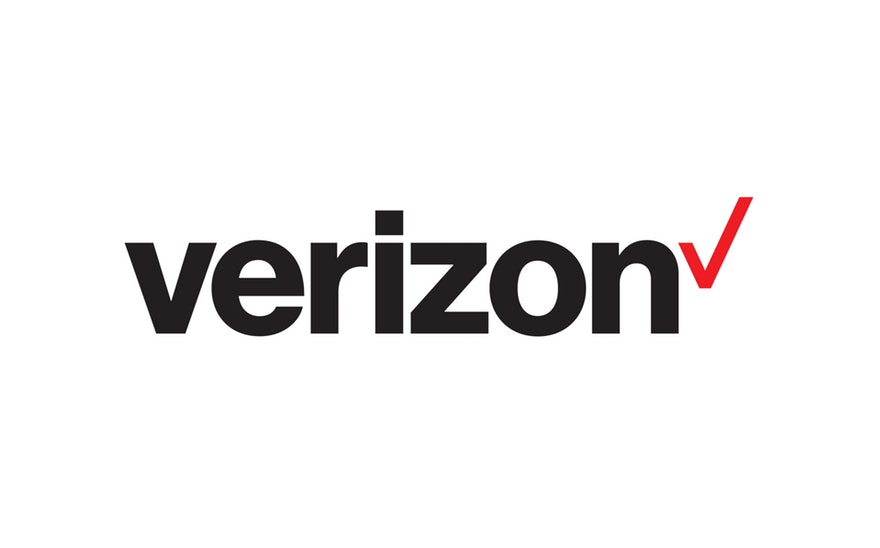How Technology Can Make Metropolitan Life Easier—And Why We Should Invest
Technology has many uses, but one use is particularly ubiquitous in our daily lives: it makes things easier. Want to order a pizza? Once upon a time, you had to find a phone book, look up the number for your local pizzeria, dial the number, and have a conversation with the exhausted employee on the other end. Today, “Hey Alexa, order me a pizza” does the job.
Technology has revolutionized how we do dozens of mundane, everyday activities by making them incredibly easy. Need a ride? Uber and Lyft can have a car outside your door in minutes. Splitting the tab? Venmo eliminates the need for cash. Tracking your exercise? Slap on a Fitbit. Lost? Pull up a GPS-enabled map with a voice telling you where to go. Need a very specific type of insecticide for your struggling hibiscus plant? Order it within a minute on the Amazon app.
The question that we should all be asking: how can technology make our region easier and smarter?
Technology can boost livability
We often use the term ‘livability’ to describe the ease with which someone can enjoy a good quality of life. In a highly-livable area, it is easy for the average worker to get to where they need to go, find affordable and quality housing, access municipal services, and so on.
But as metropolitan populations get bigger, life can get harder. Time stuck in traffic goes up. Ambulances and police take longer to respond. Good housing is harder to afford. Lines and processing times get longer at municipal offices.
Fortunately, we are living in an era of unprecedented technological advancement. All around the world, companies are partnering with local governments, academic institutions, and civil organizations to design and deploy smart city tech that makes urban life easier, despite high density. There is no silver-bullet solution that makes a city smart; rather, a thoughtfully-considered and responsibly-deployed collection of technologies and innovative practices work together to revolutionize urban life.
After studying cities with smart projects all around the world, McKinsey identified many compelling benefits for residents, including the following:
Better transportation
Smart city technology has the potential to cut commuting time by 15-20 percent. Sensors on public transit systems can predict maintenance needs before a breakdown and track usage so that managers can make better planning decisions. Intelligent syncing of traffic signals can keep traffic flowing. Smart parking apps can point drivers directly to an open spot. City-wide Wi-Fi can get more people online, giving them access to GPS-enabled maps, ride sharing, and other modern mobility tools.
Greener living
Residents want clean air and water, and they increasingly care about their community’s impact on the climate. Commercial and residential buildings can now use sensors to heat, cool, and light only rooms that have people in them so that we stop wasting energy on empty spaces (and save money). The transportation improvements mentioned above can also reduce emissions and air pollution. Smart water metering can identify where water is being wasted, potentially due to leaky pipes. This all adds up to a region that uses its resources more efficiently and creates as little pollution as possible.
More affordable housing
To keep housing costs reasonable, it is critical that housing supply keep pace with demand. While housing supply is mostly determined by zoning laws and the appetites of developers, digitizing and automating land-use permitting processes can speed up development. Open-source databases have also been used to identify idle land in city centers that could be put to better use.
More responsive government
Need to report graffiti or a pothole? Want to voice your support for a piece of legislation under consideration? There’s an app for that. Some cities are turning to apps to enable two-way communication with residents. Meanwhile, small businesses can save time when municipal agencies digitize processes for permitting, tax filing, and licensing.
Safer streets and neighborhoods
Smart city technology can reduce crime by 30-40 percent and improve emergency response time by 20-35 percent. Gunshot detection can improve police response times and ultimately decrease gun violence. Predictive policing and real-time crime mapping can more effectively direct police to where they are needed. Intelligent traffic signals can create clear paths for ambulances and other first responders. (Note that some surveillance technologies used by law enforcement can raise concerns regarding civil liberties. Engagement with the community during design and implementation is essential.)
Why livability matters
Smart cities are inherently more productive, making them great places to do business. (Just imagine if your employees spent 20 percent less time stuck in traffic!) They are also more attractive places to live, making it easier to recruit and retain talent. Importantly, smart city solutions can help to reduce inequality and make the local economy more inclusive. This is because easy access to jobs, housing, and amenities no longer comes at a premium.
We believe that Greater Washington has the potential to be the first smart region in the country, and that these investments are critical to our long-term prosperity. Infusing our infrastructure and municipal agencies with new technology is a huge undertaking that will require participation from a very wide range of stakeholders. Success will also depend on a supportive and comprehensive policy framework that address non-technological pieces of the livability puzzle, such as zoning and public investment.
Progress will not happen overnight, but adopting a common vision for a more livable and inclusive region can happen today, and this is only the beginning of what’s possible.


























